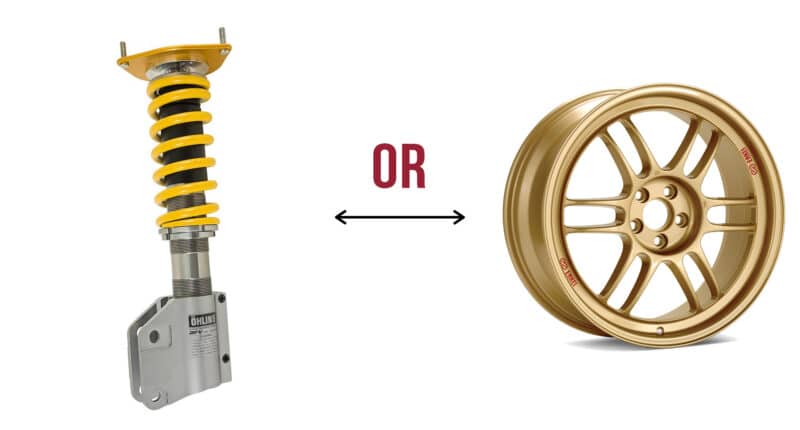So you’ve recently got your hands on a project car and have some leftover cash to spend on mods? Do yourself a solid and spend it on baselining your car first before deciding whether to buy aftermarket wheels and tires or coilovers.
But if you’ve had your car since it was new and if you know exactly where it’s at in terms of overall condition, then you can jump straight into the decision of choosing between wheels or coilovers.
What you upgrade first really depends on what you value more — performance or aesthetics? If aesthetics is all you’re after, then, by all means, you can upgrade your wheels first and probably not even bother with coilovers.
Just know that your car will look alright when slammed on stock wheels, but it will look extremely out of place on stock suspension with larger aftermarket wheels.
So even if you prefer just the aesthetics, we’d say get coilovers or lowering springs first, and then the wheels.
The same holds true if you value performance and handling over aesthetics. It’s always a good idea to upgrade your suspension first, and then wheels + tires.
In this quick guide, we’ll explain exactly why this order is important. Let’s dive in.
Wheels vs Coilovers: What to Upgrade First?
Should I get coilovers or wheels first? — this question has been beaten to death multiple times over. In all honesty, there’s no right or wrong way to approach this. It really depends on your outlook towards car customization, and what you plan on doing with your car in the near future.
Many drivers are perfectly fine with installing a set of off-brand wheels on their brand new car and keeping it 100% stock. Most purists will scoff at something like that because it isn’t the culturally appropriate thing to do.
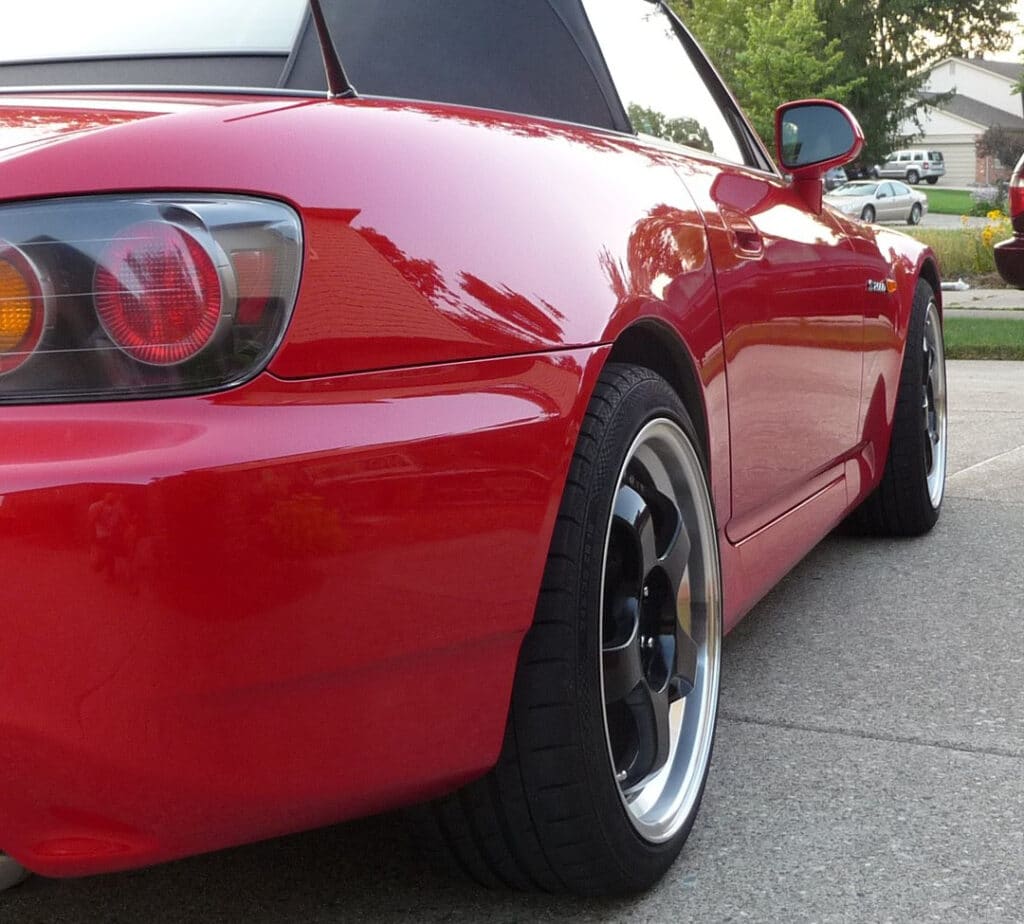
As enthusiasts ourselves, we can’t help but be biased towards the purists’ decision of suspension first, wheels later. Because it makes sense on many levels to follow this order. You’ll have a clearer picture of this once you understand how coilovers work.
For starters, if you get coilovers first, it gives you the opportunity to do two things:
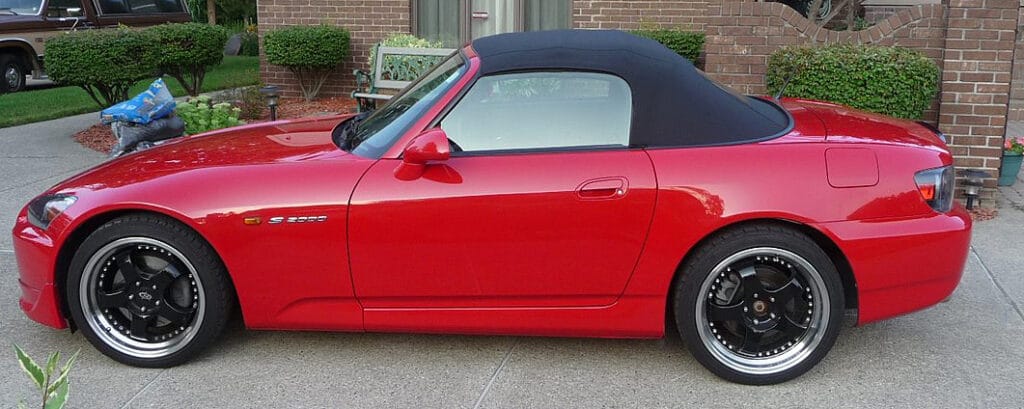
- Drive your car with your coilovers set to OEM ride height. Then you can install your new wheels and adjust the drop accordingly (to suit your new wheels the way you want).
- Avoid the possibility of purchasing new coilovers only to find that they do not fit with your new wheel setup. If that happens, you might have to sell everything and start over. Not fun.

If you want the best of both worlds and if you’re on a budget, consider buying lowering springs and wheels at the same time. You can always swap out the lowering springs, sell them and upgrade to coilovers at a later date.
Alternatively, if your budget permits, we’d say buy your coilovers and wheels at the same time so that you know exactly what you’re getting. This way you’ll dodge compatibility issues before they even arise, and you’ll have to get your car aligned only once.
To help you make an informed decision, below we’ve outlined exactly what benefits you can expect from both wheels and coilovers, in terms of handling and aesthetics.
Handling
Both coilovers and wheels have their own advantages when it comes to improving handling. Needless to say, coilovers will have a much larger impact on the handling of your car as compared to wheels.
Wheels can only do so much. But they do matter. The real magic happens when the two are paired, along with a set of good tires.
Coilovers: Easy Adjustability + Better Weight Transfer
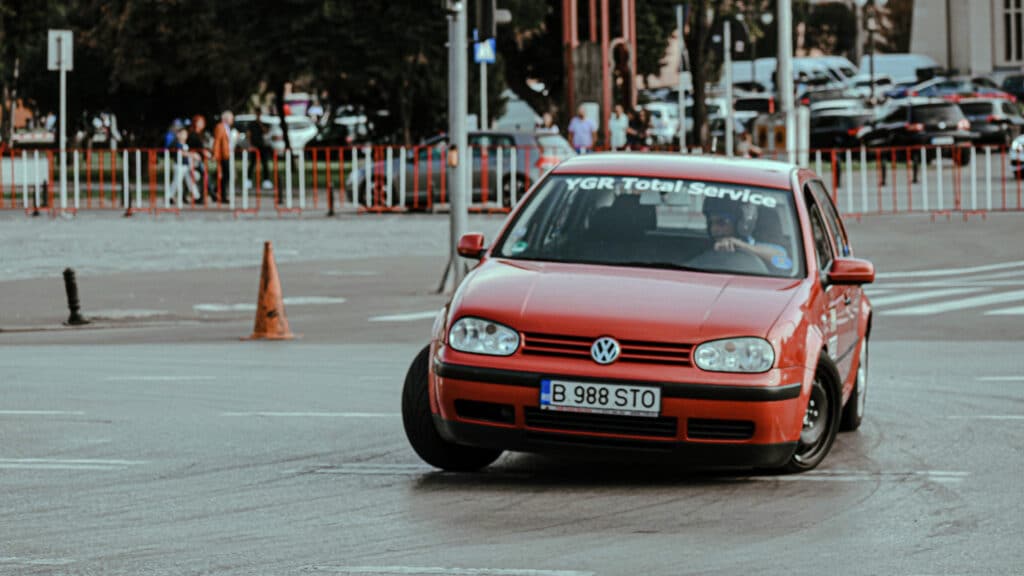
Installing coilovers gives you the opportunity to choose a higher spring rate, and you can easily adjust your coilover preload, damping, and rebound.
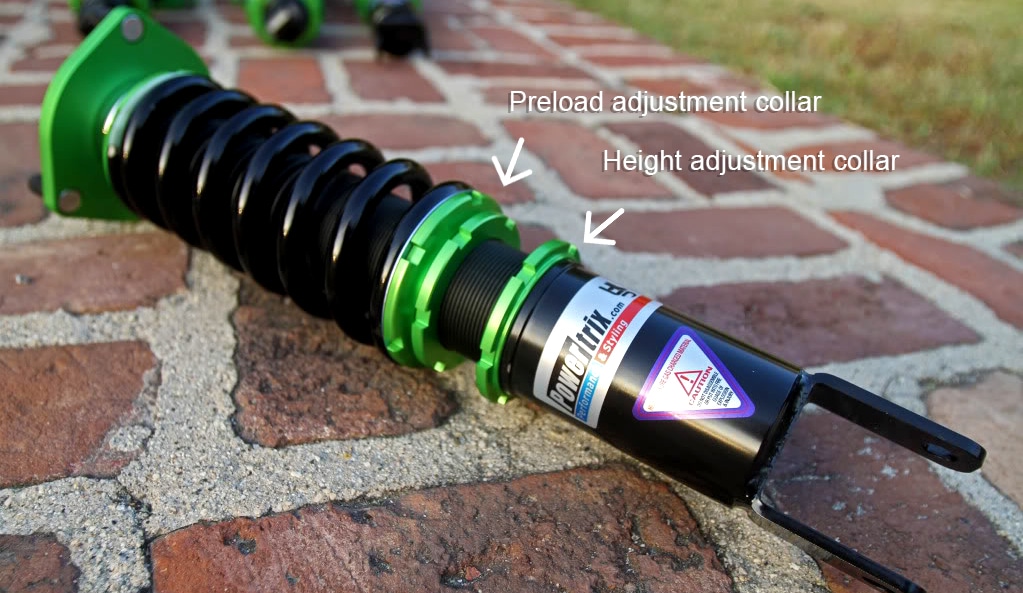
This gives you easy control over some aspects of your car suspension geometry. Your car will corner flatter, transfer less weight, and it will extract as much traction from your tires as it possibly can.
Wheels: Bigger Tires + Wider Track + Lower Rotational Inertia
Aftermarket wheels allow you to choose your wheel offset and tire size. This means you can widen your track by using low offset rims, and you can pair that with wider, lower-profile tires for maximum grip and stability.

Another major advantage of aftermarket wheels is that you can spend a little extra and buy a set of rims that are significantly lighter than your stock rims. This will not only reduce the unsprung mass of your car but will also mean lower rotational inertia. This translates to quicker acceleration and braking.

Aesthetics
Both wheels and coilovers can significantly improve the aesthetics of your car. However, wheels take the bigger slice of the pie here.
Wheels pretty much dictate how your car will look overall, and it’s super important to select the right style if you want it to look like what you have in mind.
Coilovers: Slammed Look

Coilovers allow you to adjust your ride height. This means you can go low when you want and re-adjust to stock height when you want. Of course, this needs to be done manually.
That’s why air suspension and coilovers are often compared. Air suspension can make that happen for you at the touch of a button.
Wheels: Aggressive Fitment

As we mentioned before, choosing the right wheels, paired with the right tires, along with some fender rolling and pulling can completely change the way your car looks.
It’s no wonder why the aftermarket wheels industry was valued at $5.79 billion back in 2018.
Note: If filling in your fender gap is your only reason behind upsizing your rims, know that when you upsize, you leave the rolling circumference of the tire the same by reducing the tire profile.
Suggested Order of Business
With all that in mind, the suggested order of business when it comes to what you should upgrade first, our recommendation is as follows:
- Suspension and alignment,
- Wheels, and
- Tires.
Needless to say, if the car has worn or aged tires, that should be addressed immediately.
As we mentioned at the beginning of the article, it’s always good to start with a good foundation first. Addressing things like bushings, end links, ball joints should be done prior to installing new suspension components.
Once this is out of the way, you can spend some time learning how to modify your car even further.
What’s your take on this subject? Would you rather install just the wheels first? Let us know by leaving a comment below!
